Salirasib
Synonym(s):2-(((2E,6E)-3,7,11-Trimethyl-2,6,10-dodecatrienyl)sulfanyl)benzoic acid;Farnesylthiosalicylic acid;FTS;S-Farnesylthiosalicylic acid
- CAS NO.:162520-00-5
- Empirical Formula: C22H30O2S
- Molecular Weight: 358.54
- MDL number: MFCD00467723
- SAFETY DATA SHEET (SDS)
- Update Date: 2024-11-19 23:02:33

What is Salirasib?
Description
Association of Ras protein with the inner surface of the plasma membrane is required for Ras signaling activity. Farnesyl thiosalicylic acid (FTS) is an inhibitor of Ras-
Chemical properties
Pale Yellow Solid
The Uses of Salirasib
Salirasib is a new specific nontoxic drug with a mild hydrophobic nature, which acts as a Ras antagonist and can therefore be used for stent applications as well as for local cancer treatment.
The Uses of Salirasib
It is a new specific nontoxic drug with a mild hydrophobic nature, which acts as a Ras antagonist and can therefore be used for stent applications as well as for local cancer treatment.
The Uses of Salirasib
Salirasib has been used as a farnesyltransferase inhibitor.
What are the applications of Application
Farnesyl thiosalicylic acid is a blocker of Ras anchoring and signaling
Definition
ChEBI: Salirasib is a sesquiterpenoid.
Biochem/physiol Actions
Salirasib (Farnesylthiosalicylic acid) is a RAS inhibitor that acts by dislodging the farnesylated protein from the membrane, facilitating Ras degradation. Salirasib impairs downstream signaling and suppresses growth and migration of proliferating tumor cells in in vitro and in vivo models. Salirasib (Farnesylthiosalicylic acid) has recently been shown to possess significant anti-inflammatory and anti-arthritic properties.
References
1) Marciano?et al. (1995),?Farnesyl Derivatives of Rigid Carboxylic Acids – Inhibitors of ras-Dependent Cell Growth; J. Med. Chem.,?38?1267 2) Marom?et al. (1995),?Selective inhibition of Ras-dependent cell growth by farnesylthiosalicylic acid (salirasib) in patients with solid tumors; J. Biol. Chem.,?270?22263 3) Haklai?et al. (1998),?Dislodgement and Accelerated Degradation of Ras; Biochemistry,?37?1306 4) Laheru?et al. (2012),?Integrated preclinical and clinical development of S-trans,trans-Farnesylthiosalicylic acid (FTS, Salirasib) in pancreatic cancer; Invest .New Drugs,?30?2391 5) Tsimberidou?et al. (2010),?Phase 1 first-in-human clinical study of S-trans,trans-farnesylthiosalicylic acid (salirasib) in patients with solid tumors; Cancer Chemother. Pharmacol.,?65?235 6) Charette?et al. (2013),?Salirasib sensitizes hepatocarcinoma cells to TRAIL-induced apoptosis through DR5 and survivin-dependent mechanisms; Cell Death and Disease.?4?e471 7) Maher?et al. (2008),?Activation of TRPA1 by farnesyl thiosalicylic acid; Mol. Pharmacol.,?73?1225
Properties of Salirasib
| Melting point: | 64-66°C |
| Boiling point: | 486.0±45.0 °C(Predicted) |
| Density | 1.05 |
| storage temp. | -20°C |
| solubility | DMSO: soluble20mg/mL, clear |
| pka | 3.50±0.36(Predicted) |
| form | powder |
| color | white to beige |
| Stability: | Stable for 1 year from date of purchase as supplied. Solutions in DMSO or ethanol may be stored at -20°C for up to 3 months. |
Safety information for Salirasib
Computed Descriptors for Salirasib
New Products
4-AMINO-TETRAHYDRO-PYRAN-4-CARBOXYLIC ACID HCL 4-(Dimethylamino)tetrahydro-2H-pyran-4-carbonitrile 4-Aminotetrahydropyran-4-carbonitrile Hydrochloride (R)-3-Aminobutanenitrile Hydrochloride 3-((Dimethylamino)methyl)-5-methylhexan-2-one oxalate 1,4-Dioxa-8-azaspiro[4.5]decane 5-Bromo-2-nitropyridine Nimesulide BP Aceclofenac IP/BP/EP Diclofenac Sodium IP/BP/EP/USP Mefenamic Acid IP/BP/EP/USP Ornidazole IP Diclofenac Potassium THOMAIND PAPER PH 2.0 TO 4.5 1 BOX BUFFER CAPSULE PH 9.2 - 10 CAP SODIUM CHLORIDE 0.1N CVS ALLOXAN MONOHYDRATE 98% PLATINUM 0.5% ON 3 MM ALUMINA PELLETS (TYPE 73) LITHIUM AAS SOLUTION 2-Bromo-1-(bromomethyl)-3-chloro-5-nitrobenzene 2-Bromo-3-nitroaniline N-(3-Hydroxypropyl)-N-methylacetamide 3-Bromo-6-chloropyridazine 4-ethyl-3-nitrobenzoic acidRelated products of tetrahydrofuran
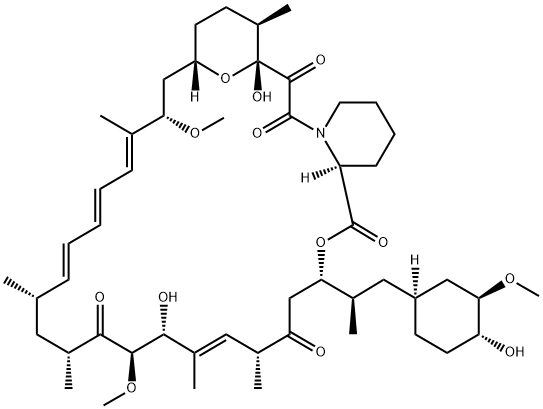

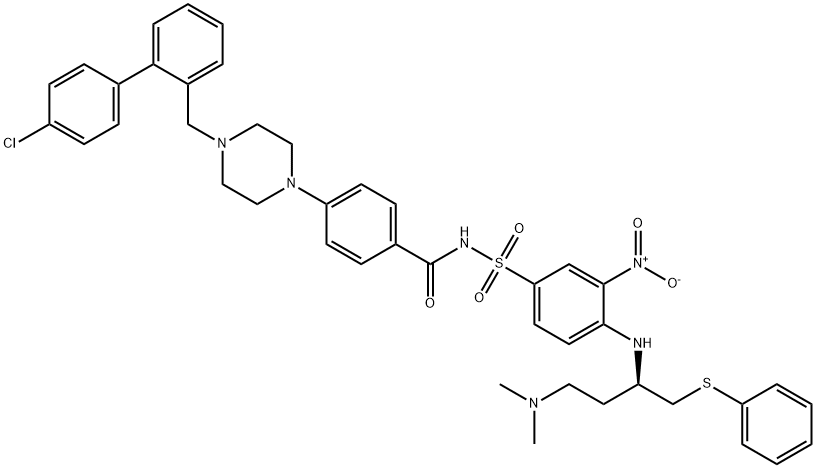
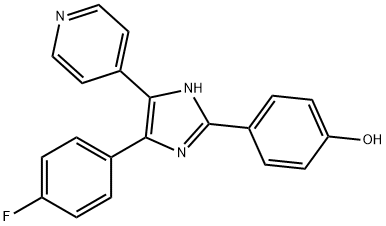
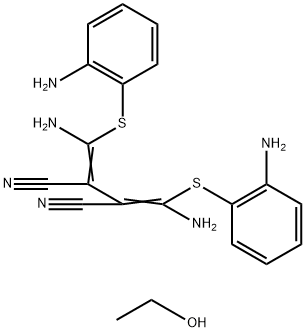
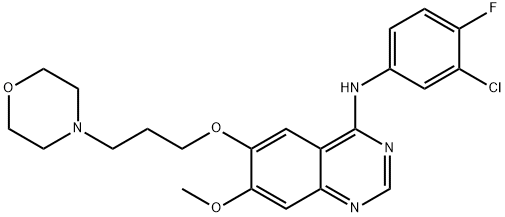
![(E)-3-[[[3-[2-(7-CHLORO-2-QUINOLINYL)ETHENYL]PHENYL]-[[(3-DIMETHYLAMINO)-3-OXOPROPYL]THIO]METHYL]THIO]-PROPANOIC ACID, SODIUM SALT](https://img.chemicalbook.in/CAS/GIF/115104-28-4.gif)
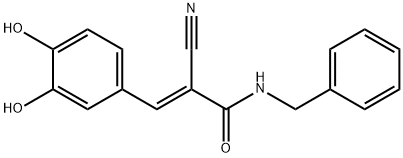
You may like
-
 Salirasib 95% CAS 162520-00-5View Details
Salirasib 95% CAS 162520-00-5View Details
162520-00-5 -
 Salirasib CAS 162520-00-5View Details
Salirasib CAS 162520-00-5View Details
162520-00-5 -
 Salirasib CAS 162520-00-5View Details
Salirasib CAS 162520-00-5View Details
162520-00-5 -
 1823368-42-8 98%View Details
1823368-42-8 98%View Details
1823368-42-8 -
 2-(3-(tert-butyl)phenoxy)-2-methylpropanoic acid 1307449-08-6 98%View Details
2-(3-(tert-butyl)phenoxy)-2-methylpropanoic acid 1307449-08-6 98%View Details
1307449-08-6 -
 Ethyl 3-(furan-2-yl)-3-hydroxypropanoate 25408-95-1 98%View Details
Ethyl 3-(furan-2-yl)-3-hydroxypropanoate 25408-95-1 98%View Details
25408-95-1 -
 2-Chloro-5-fluoro-1-methoxy-3-methylbenzene 98%View Details
2-Chloro-5-fluoro-1-methoxy-3-methylbenzene 98%View Details
1805639-70-6 -
 Lithium ClavulanateView Details
Lithium ClavulanateView Details
61177-44-4